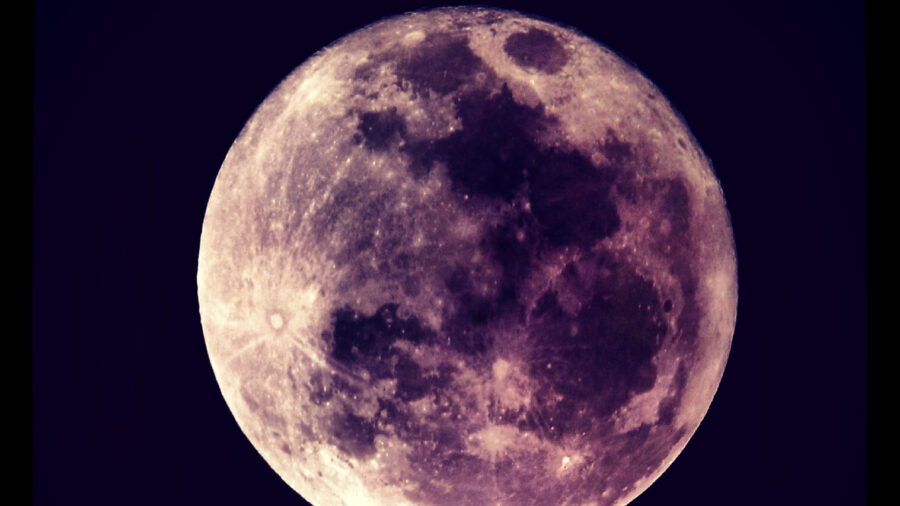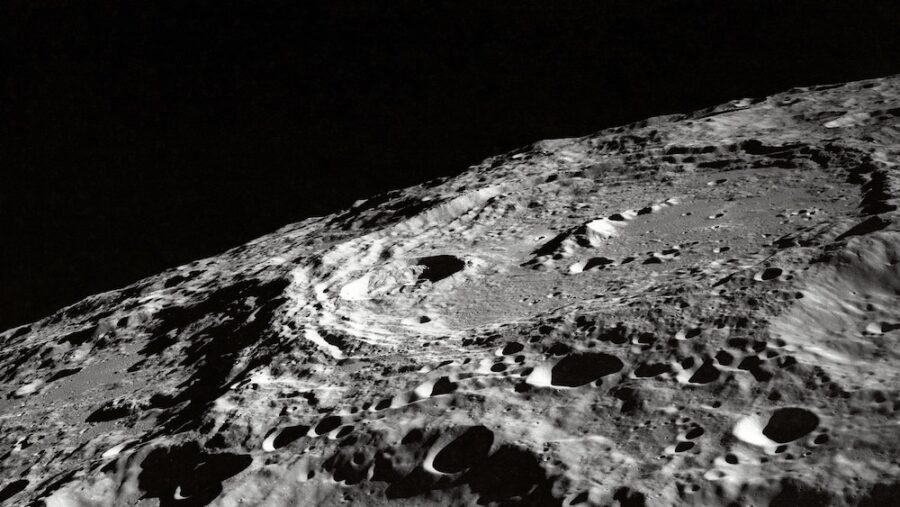Unexpected Compound Discovered On The Moon, What Is Happening?

India’s recent Moon mission detected sulfur on the lunar surface at a higher concentration than expected. This has led scientists to wonder if some of their foundational assumptions about the chemical composition of lunar soil may need to be revised. According to ScienceAlert, India’s Chandrayaan-3 lander, which arrived on the lunar surface on August 23, 2023, at a distance of 375 miles (600 km) from the southern pole, has provided data that is likely to increase interest in lunar exploration.
India’s Lunar Lander has discovered sulfur, in a much greater concentration than expected, on the surface of the Moon, forcing scientists to change their theories about the lunar surface.
It took about two weeks on the Moon for the exploratory vessel to relay data back to scientists, the initial results of which have been shared publicly by the Indian Space Research Organization. The Pragyan rover brought to the Moon by Chandrayaan-3 collected soil samples that contained elements normally found in lunar soil, including calcium, titanium, aluminum, and iron, but also sulfur at a greater concentration than expected based on previous findings. Using a laser-induced breakdown spectrometer (LIBS) and an alpha particle X-ray spectrometer, Pragyan detected sulfur in the soil around the landing site near the Moon’s southern polar region.
Since sulfur could aid astronauts in surviving off the elements available on the Moon’s surface, the findings further encourage space exploration. The surface of the Moon consists of highland rock, which is brighter, and volcanic rock, which is darker. The contrast between the two is responsible for the surface variance visible on the lunar surface from Earth, creating the “man in the moon” image.

Based on measurements of soil from the Moon conducted by scientists on Earth, it has long been known that sulfur exists within the volcanic rock. However, the sulfur discovered by the Pragyan rover is more highly concentrated than would be expected on other parts of the Moon. While the exact quantity of sulfur within the highland soil cannot be known until the data is calibrated, the raw data indicates that there could be more sulfur in the highland soils at the polar regions than that of the equator or even than is found in the volcanic soils.
Sulfur could be important to operations on a Moon base by providing an essential element for making batteries, fertilizer, and even concrete.
While planetary scientists are awaiting confirmation from the Chandrayaan-3 team regarding the elevated sulfur in the soil samples that were collected on the Moon, the findings could provide a new perspective on the lunar geologic system. They also provide new possibilities for exploration, especially with regard to the concept of building a base on the Moon, which multiple space agencies have considered. The more resources are available on the Moon for astronauts to use, the fewer trips they have to make back to Earth for supplies.
Sulfur could be important to operations on a Moon base by providing an essential element for making batteries, fertilizer, and even concrete. A sulfur-based concrete would harden faster and be more wear-resistant than traditional concrete used on Earth. This method of supplying a planetary mission using elements found on the planetary body is called in-situ resource utilization and is a proposed method of increasing efficiency and lowering costs for such missions.
While planetary scientists are awaiting confirmation from the Chandrayaan-3 team regarding the elevated sulfur in the soil samples that were collected on the Moon, the findings could provide a new perspective on the lunar geologic system.
For the moment, the Chandrayaan-3 lander is hibernating on the surface of the Moon during the lunar night, which lasts two weeks. Hopefully, it will awaken after that period, and scientists will be able to learn more about these findings and whether speculation regarding their relevance for future Moon missions is correct.












